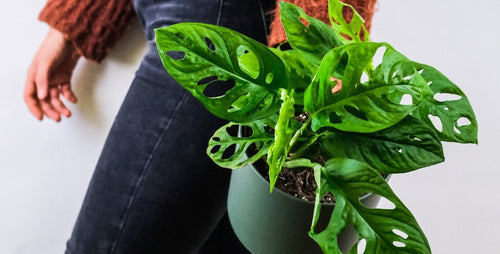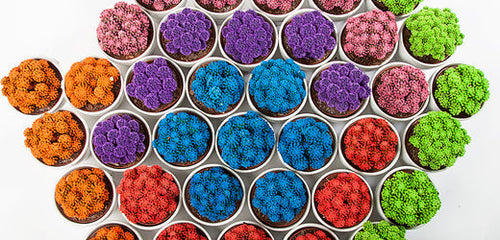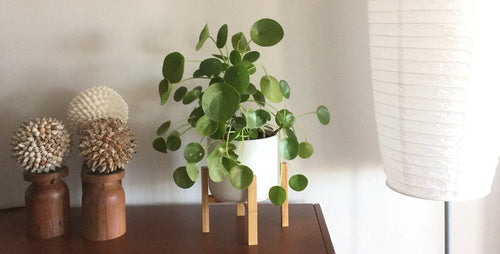Snake plant offers a wide variety of looks -- from small to tall, with color variegation in bands, stripes, and patterns. If you want a showy collection of three different snake plants, try this trio which offers a mix of snake plant charms: cool colors, interesting patterns, and height variety. See what this versatile native of Africa and Madagascar can do for your home decor.
NOTE: Sansevieria trifasciata has been reclassified as a Dracaena, so snake plant is now called Dracaena trifasciata.

THE LOOK: Compact size with golden variegation
Golden Hahnii is a compact snake plant, growing about 6 inches tall. This plant, like its relative Hahnii, is commonly referred to as a birdsnest snake plant because the leaves grow in a dense rosette. Golden Hahnii features broad bands of yellow variegation giving it an overall sunny appearance. For snake planter lovers who are interested in family lineage, Hahnii is a sport of Sansevieria trifasciata Laurentii.
GOLDEN HAHNII GROWING TIP: Take care not to over water Golden Hahnii (or any of your other snake plants). Too much soil moisture can cause fungus growth and root rot which will kill the plant.

THE LOOK: Medium height with white variegation
Whitney is a mid-size snake plant, growing 10 to 16 inches tall. This handsome plant produces sculptural dark-green leaves that are artfully edged with a white dappled band. The leaves grow in a compact rosette.
WHITNEY GROWING TIP: To encourage the white variegation to stand out, position Whitney in bright indirect light.

THE LOOK: Tall growth with silvery leaves
Moonshine has a lovely upright growth habit and plants will eventually reach up to 2 feet tall. This snake plant is a vigorous grower, producing broad, silvery green leaves. The plant earns its name, Moonshine, from the distinctive glowiness of the leaves. Look closely at the silver-green leaves and you’ll detect faint green lines.
MOONSHINE GROWING TIP: Place Moonshine in an area of your house that receives bright indirect light. The leaves of Moonshine may become darker green if it doesn't get enough light.
Written by Karen Weir-Jimerson

















